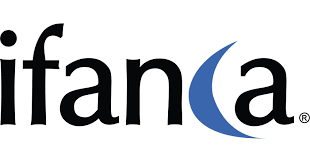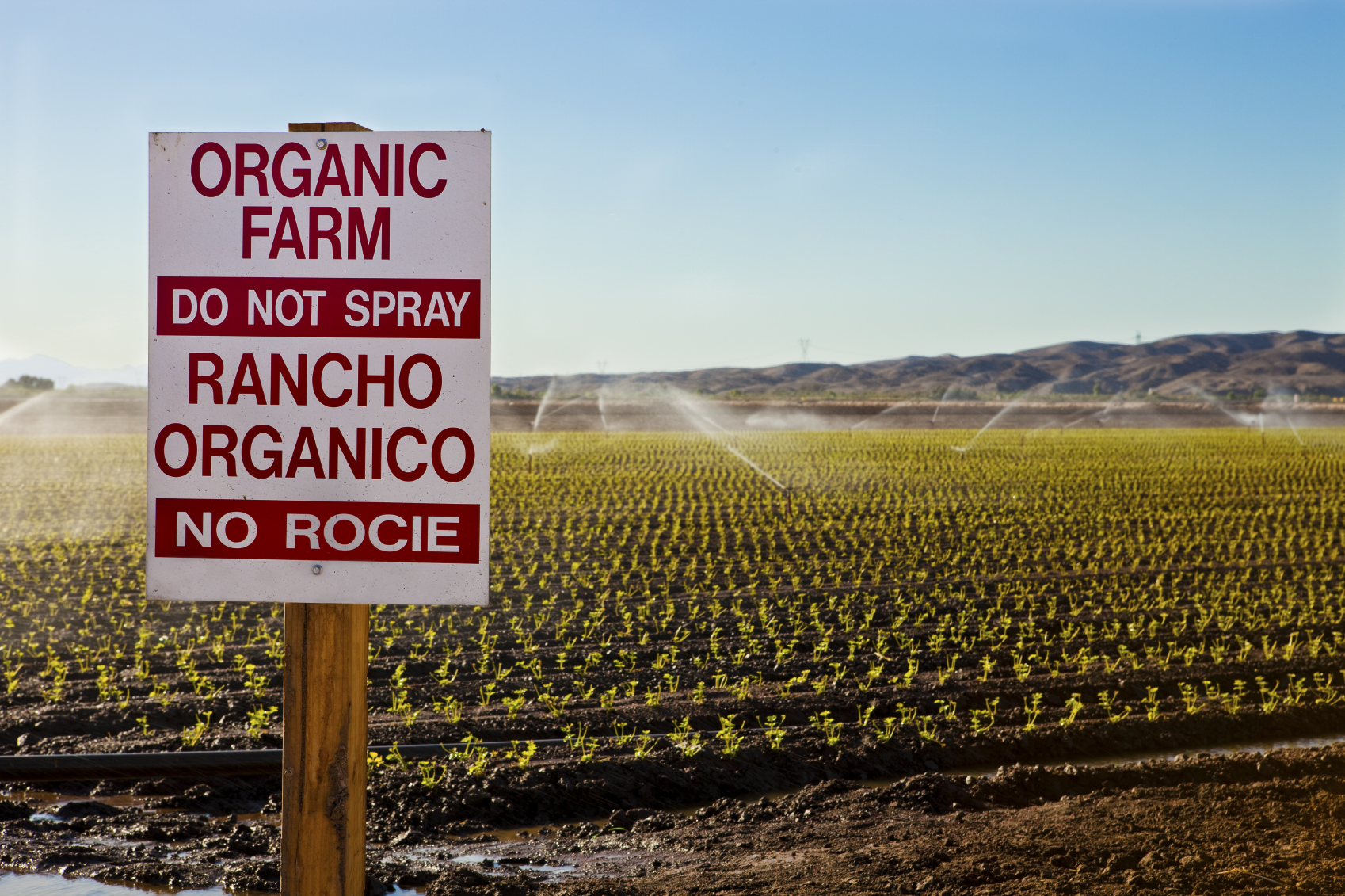
Tayyib, organic and healthy in the halal food sector
The combination of halal and tayyib, lawful, wholesome and healthy is a development of the halal sector that requires cutting edge tools and skills. It is not for the faint-hearted but based on the evidence from the U.S. and the global spread of both halal and the natural foods markets, this is a convergence that can offer great rewards for those who can get the formula right.
|
YOUR PAIN POINTS ADDRESSED |
ASK YOURSELF |
|
|
Scenario 1: You are the CEO of an SME in the halal food sector that manufactures high-end products. To expand, you are considering marketing to the organic and natural foods sector. Scenario 2: You are a business development executive at an international food company. You have been asked to assess whether the halal and healthy sector is a viable market for a new product line. |
Should you develop a halal/tayyib product line? |
Is this a viable market? Are your consumers ready? |
|
Will I have problems sourcing high quality ingredients? |
||
|
How do I carry out the marketing and messaging for this new line? |
||
ORGANIC AND HALAL CROSSOVERS
The commodification and consequent poor treatment of animals in the commercialised meat industry is increasingly becoming a cause of concern in the mind of the conscientious consumer.
It should be of little surprise that the global organic food market that was born as a response to this issue is now worth around $100 billion and is expected to reach $161 billion by 2018, with a compound annual growth rate of 15 percent.
With the emphasis on treating animals ethically embodied within the concept of halal, zabihah and tayyib, the halal food sector and the global organic food market are potentially natural bedfellows.
The shared values with the organic sector places the manufacturers in the halal food sector in a lucrative position where they can leverage on this global movement and profit from this high-end market.
The crossover potential from halal to mainstream is often discussed, yet, very few manufacturers have specifically targeted this high-end growth sector as a natural fit for halal products.
For halal sector stakeholders, making a successful pivot into the organic, healthy and natural foods market requires more than knowledge, skill and determination; it requires vision.
This market can be most easily observed in the U.S. and Europe, where the relationship between health and diet is more widely recognised.
The U.S. Department of Agriculture (USDA) valued its domestic organic market at $35 billion in 2014, with produce available in 20,000 retail outlets and three out of four conventional grocery stores.
Indeed, in the 2014/2015 American Muslim Consumer Advocacy Survey, 66 percent of respondents wanted to see more organic offerings in the halal sector.
|
U.S. ORGANIC AND MUSLIM F&B EXPENDITURES (2014, USD billions) |
 |
|
Source: State of the Global Islamic Economy Report 2015-16, Thomson Reuters in collaboration with DinarStandard |
TWO SUCCESS STORIES FROM THE U.S.
In the U.S., Saffron Road, with its range of over 50 halal and healthy frozen entrees, broths and snacks have managed, in just four years, to successfully penetrate the natural foods market in the country.
This was a strategy that was visualised from the conception of the company, and product choice, packaging, messaging, social media marketing techniques and retail rollout were all geared towards penetrating the health food market.
Key takeaway: Plan your market entry from the ground up.
Recognising that Muslim consumers were not necessarily their first choice of consumer, Saffron Road targeted the mainstream health-conscious consumers and rolled out their products in Whole Foods Market, the largest chain of 330 retail stores across the U.S. with an annual turnover of $14 billion.
Key Takeaway: Don’t just target a Muslim audience.
By marketing their products as 100% natural, antibiotic-free, hormone-free, non-GMO, gluten-free and also certified humane (a first for the halal sector) as well as certified halal, Saffron Road’s product range has, in four years, become Whole Foods’ most successful frozen product line, outselling their multinational competitors.
“We sell at two times the shelf velocity per product of our billion dollar competitors like Nestlé, Heinz, ConAgra, Kellogg and Hain, even though our price point is 90 to 120 percent higher per product than these major CPG brands,” says Adnan Durani, CEO and founder of Saffron Road.
Key Takeaway: Talk about your eco-ethical values.
For anyone entering the natural foods sector, securing a consistent high quality supply chain is a major challenge. For halal, the challenge is even greater, as the majority of halal sector produce has traditionally been geared towards lower costs rather than higher quality.
So, for Saffron Road, it was important and almost inevitable that they would link up with Crescent Foods of Chicago, which has been supplying high quality hormone- and antibiotic-free chicken products to retail, food service and industry for almost 20 years.
Crescent Foods founder and president Ahmad Adam says, on the company’s website that, “Crescent birds are free-roaming (same as cage-free), humane-certified (the actual name for the certificate), humanely handled birds. Their feed is USDA-certified 100% grain-fed, vegetarian-fed (corn and soy) birds. Some are even hand-fed.”
For both companies, the marketing and messaging has a common thread: they are not speaking directly to a Muslim audience.
They are speaking to those consumers who are concerned about quality of life, health, nutrition and safety. They are using the language and imagery of the organic market, without necessarily having a strictly organic product offering as they recognise that is where the top of the market crossover can happen.
Position halal at the top end of the market and attract consumers of all cultures and creeds.
Granted, this strategy will not work everywhere, and the U.S. and Europe are the most fertile grounds for the high-end halal offering. But the natural foods trend is already a global one, and it is increasingly evident in major cities throughout the GCC and Southeast Asia.
|
RECOMMENDED ROADMAP |
|
Find out if there is a demand. Do the research. Make sure Muslim consumers are ready for a high-end product with a higher price tag and that the mainstream consumers are ready to accept a halal offering purely on the grounds of its quality, packaging and messaging. To verify whether there is a demand, find out about the natural and organic food trends in your target geographies. |
|
Secure the supply chain. A manufacturer has to be sure that his or her supply chain can cope, not just with the first round of products, but with ongoing success, and the expansion that comes with it. Highest quality halal produce is still the exception rather than the rule and ensuring consistent high quality is essential. |
|
Speak the right language. Packaging, messaging, imagery and social media presence are all critical at the high end of the market. Your product has to both fit in and stand out and this requires a deep understanding of the marketplace. |
© Copyright SalaamGateway.com 2015

Abdalhamid Evans, DinarStandard Associate Partner